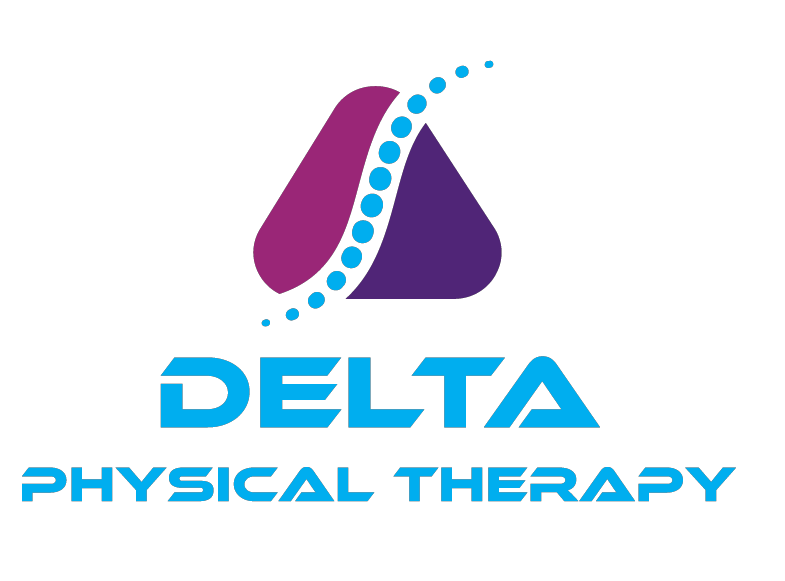Small Pains, Big Problems: Why You Shouldn’t Ignore Your Athlete’s Complaints
Back to school means back to sports. And for parents? That means back to chauffeuring, packing ice packs, and hearing a lot of:
“My elbow hurts.”
“My ankle feels weird.”
“It’s fine… I guess.”
Ah, yes, the vague, slightly dramatic, sometimes genuine complaints of our favorite student athletes.
But here’s the thing: sometimes that little “tweak” they mention in the car ride home isn’t just from a tough practice or new cleats. Sometimes it’s the early warning sign of an injury that could keep them sidelined for weeks - or months - if it goes unchecked.
So, how do you know when it’s just “good” soreness… and when it’s time to take action?
Let’s break it down.
“Good” Soreness vs. Early Injury: What’s the Difference?
First off, some soreness is completely normal. In fact, after returning to practice following a summer of recreational snacking and TikTok, your child’s body is bound to feel it. Muscles that haven’t sprinted, lunged, or tackled in weeks are waking back up.
This kind of soreness:
Usually shows up 24–48 hours after activity
Improves with movement and light stretching
Resolves in 2–3 days
Doesn’t affect how they move or perform
That’s Delayed Onset Muscle Soreness (DOMS) a healthy part of getting stronger.
But what’s not normal?
Pain that starts during activity
Pain that’s sharp, stabbing, or sudden
Swelling, bruising, or visible joint changes
Limping or altered movement
Pain that sticks around for more than a week
Avoiding favorite sports or activities due to discomfort
These are red flags. And when kids start altering how they move to avoid pain, it creates a chain reaction that can lead to more injuries down the line.
“Push Through It” Isn’t Always the Best Plan
Let’s be honest: kids are tough. Sometimes too tough. They want to play. They want to start. They don’t want to “let the team down.”
But pushing through pain doesn’t make them stronger; it makes them more injured. That small ache in the knee can turn into patellar tendinopathy. A sore shoulder from pitching could develop into a rotator cuff strain. A minor ankle roll that doesn’t get addressed might lead to chronic instability.
And by the time it gets serious? You’re looking at rest, missed games, maybe even surgery.
The earlier a problem is addressed, the faster and easier it is to fix.
So… Do You Call the Pediatrician, Ortho, or PT?
Great question.
Here’s a general guide:
Many sports-related pains are movement-based, not structural. That means a physical therapist is often the best starting point. We can evaluate the root cause, correct faulty mechanics, and help your child return to sport before a doctor needs to write a prescription or recommend time off.
Why PT Isn’t Just for “After” the Injury
At Delta Physical Therapy, we believe physical therapy should be a tool for performance and prevention, not just post-injury rehab.
As kids grow, their bones, muscles, and coordination don’t always evolve at the same pace. That’s why we take the time to do a full-body evaluation, not just poke at the sore spot and send them on their way.
Our why is simple:
“At Delta Physical Therapy, we deliberately keep our patient-to-therapist ratio low, allowing us to be more thorough with our patients, getting to the root of your problems and returning you to a pain-free, active lifestyle faster.”
That means:
We look at how your child moves, not just where they hurt
We teach them why their body is reacting the way it is
We give them tools to avoid future injuries
And we keep it fun, because if kids aren’t engaged, they’re not improving
We love working with young athletes, not just to get them back on the field, but to help them build lifelong habits for moving well and feeling strong.
What You Can Do as a Parent
Not sure if you should take action? Ask yourself:
Are they still talking about the same pain after a few days?
Are they moving differently during practice or play?
Are they losing interest in the sport they usually love?
Are they spending more time on the sidelines than in the game?
If you’re nodding “yes” to any of these, that’s your cue to check in.
It doesn’t have to be a dramatic ER visit or a full sports medicine workup. Sometimes all it takes is a quick PT screen to assess what’s going on and give you a clear path forward.
Bottom Line: Listen to the Complaints (Even If They Sound Minor)
We know, it’s easy to brush off your child’s latest ache as a growing pain or just “part of the game.” But if your gut is telling you something’s off, trust it.
Small pains can turn into big problems. But caught early, most sports injuries are very treatable, with minimal disruption to their season.
At Delta, we’re here to help your athlete not just recover, but move, perform, and live better. Because we don’t just treat what hurts - we work to prevent what’s coming.

